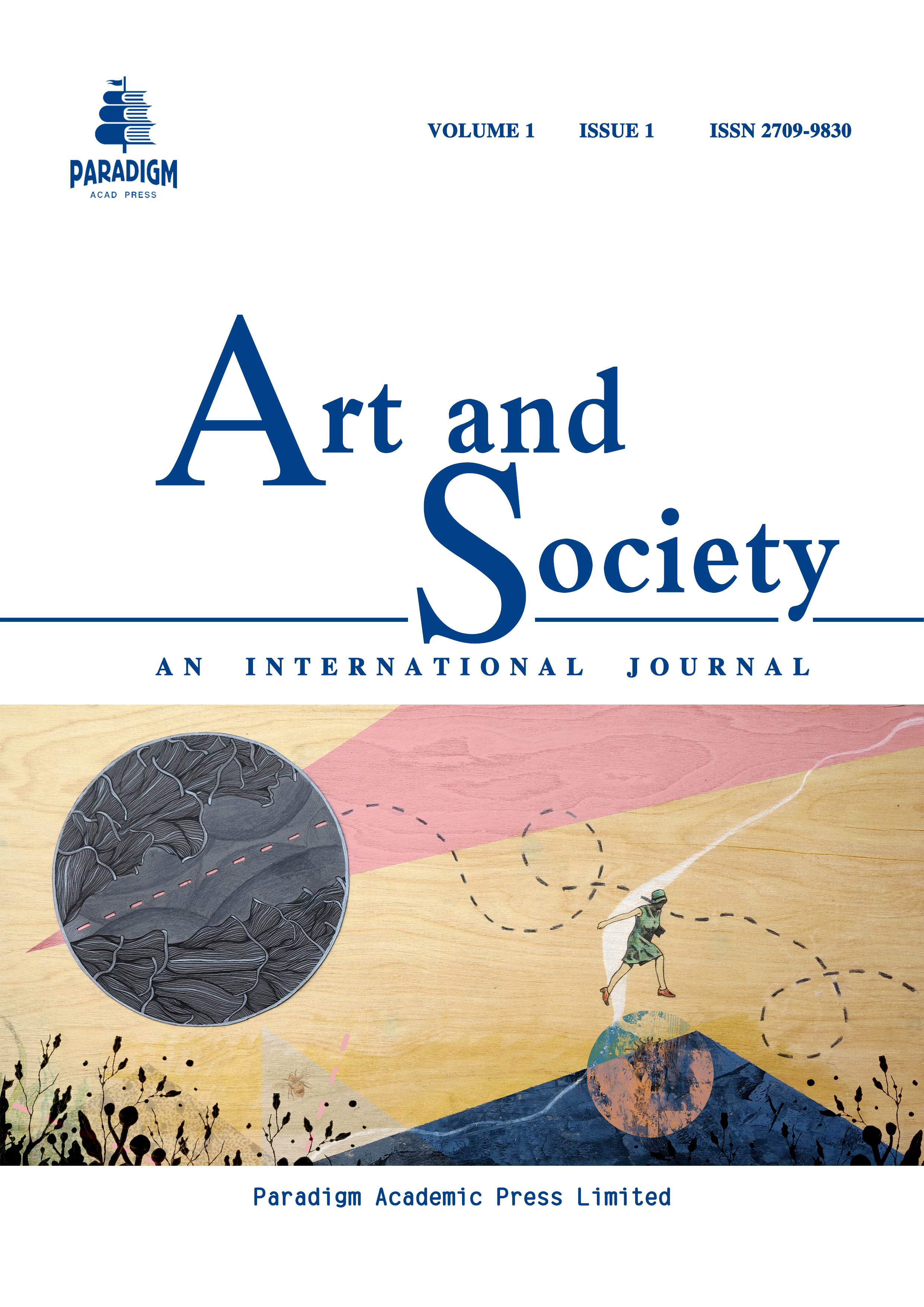Liu Zhou’s Rubbing-Paintings: Antiquarianism in Qing Dynasty, Artistic Significances, and Pictorial Inventions
Keywords:
“entire-form rubbings”, Liu Zhou, antiquarianism in art historyAbstract
Liu Zhou (1791–1858) has long been celebrated as a pioneer in “entire-form rubbings” (全形拓) and as a monk who excelled in both Buddhism, epigraphy, and the arts. Long before the emergence of entire-form rubbings, the tradition of rubbings had developed for more than 1000 years. As more and more collectors and antiquarians commissioned Liu Zhou, his entire-form rubbings’ practical function was highlighted — documenting the shape and content of objects faithfully. However, although realistic representation is the key function of entire-form rubbings, their use and functions are diverse and divergent. Using Buddha Worship Painting as the major example, I argue that Liu Zhou’s entire-form rubbings have two predominant roles—as study material for antiquarians and as an “ink play,” i.e., a playfulness-oriented painting. All of which could be exemplified by one of the earliest and most well-known existing works of Liu Zhou, Buddha Worship Painting. His rubbing-paintings thus epitomize his art philosophy, pictorial inventions, artistic reflections, and the broader historical background of antiquarianism in the Qing dynasty.


